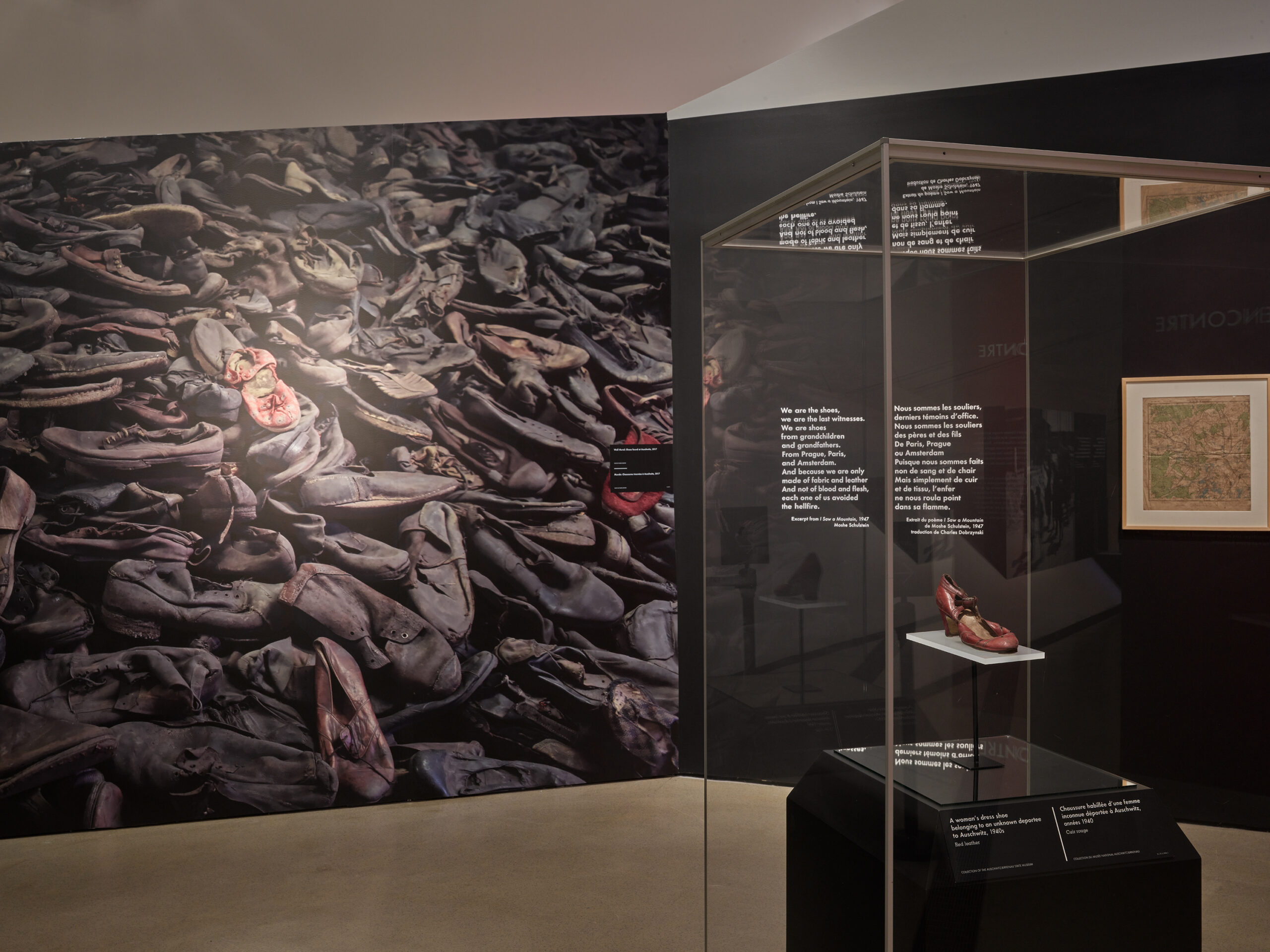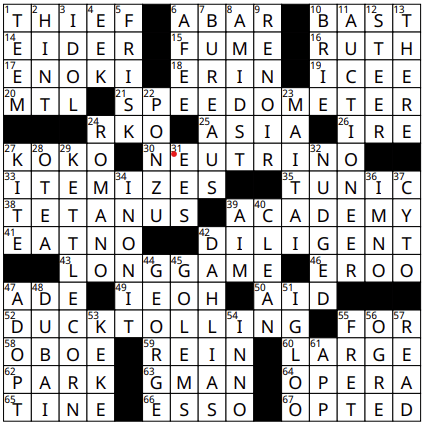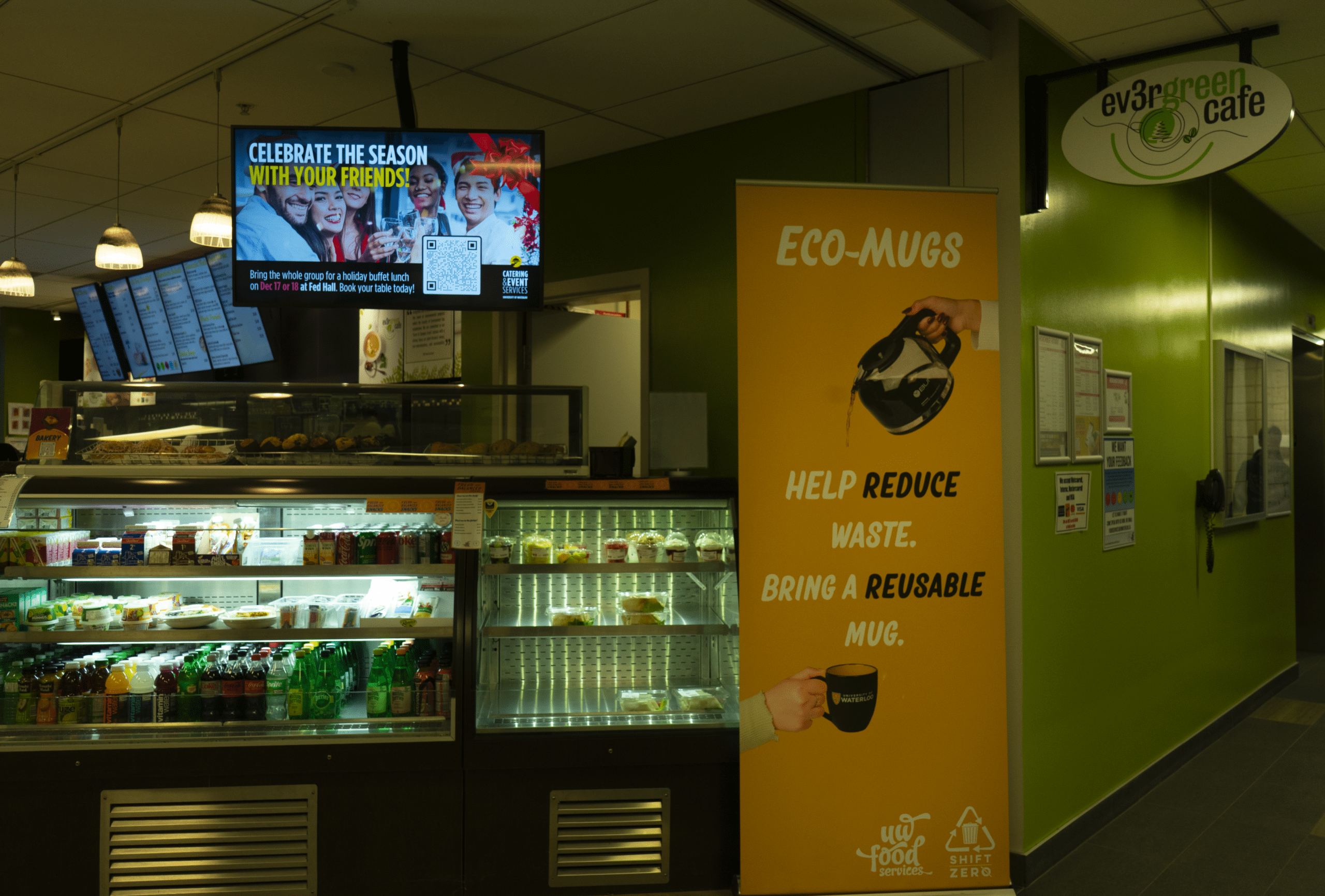
On entering the exhibit, visitors are greeted with a women's red shoe, the beginning of a further narrative showing other footwear worn by soldiers, children, and civilians. (Photo credit: Jansher Saeed)
The Royal Ontario Museum (ROM) hosts a new international touring exhibition – Auschwitz. Not long ago. Not far away. The exhibition features over 500 original objects examining the history, architecture, and legacy of Auschwitz. It was developed by a team of experts, including UW’s very own architecture professor Dr. Robert Jan van Pelt.
“We’re not lecturing this exhibition. We’re not saying, little finger up, never again. It’s not our role. We just want to put a few things in front of you. We tried to touch, through our curatorial practices, the visitor very lightly. But in general, we believe we are successful, that everyone will be touched somewhere in this exhibition, and that’s all we can offer,” van Pelt said.
Auschwitz – a concentration camp, killing centre, and significant site of the Holocaust – was established by Nazi Germany in 1940 where over one million Jews were detained and murdered. The exhibition opened in Toronto on January 10th, weeks before the 80th anniversary of the liberation of Auschwitz on January 27, 2025.
Van Pelt says the exhibition draws from his work on the role of place and architecture in Auschwitz. This theme is central to the layout of the exhibit and curation of exhibition pieces which create an immersive experience for visitors.
“When you come into the exhibition, you stumble onto the site like the Soviet soldiers in 1945 stumbled on the site 80 years ago at the end of January. And we show the posts on the site. So the perimeter, we have three original concrete posts with original barbed wire and insulators, ” van Pelt said.
One of the first objects visitors see when entering the exhibit is a red women’s dress shoe, encased in glass in the centre of the room. Van Pelt said exhibit pieces like this get visitors to critically engage with Auschwitz’s history. Recurring motifs, such as shoes, create a strong rhythm linking one part of the exhibit to another, forming a narrative for visitors to follow.
“When you’ve seen that first shoe, now you get a wooden shoe that was used in concentration camps before the Second World War for prisoners, and then you get the boots of the SS officer, and then you get another shoe with a little sock in it, which is a children’s shoe,” van Pelt said.
In 2013, van Pelt received an email from Luis Ferreiro, director of Musealia, a Spanish company specializing in creating traveling exhibitions, expressing his interest in launching an exhibition on Auschwitz. Ferreiro had recently lost his brother while installing an exhibition and found comfort and inspiration in a book by Viktor Frankl, an Auschwitz survivor.
“Frankl said you can never control the circumstances in which you find yourself, like Auschwitz, but you can always control your response to it, your relationship to that thing, and that’s how you can remain sane,” van Pelt said.
The two began their collaboration, eventually getting support and objects on loan from Memorial and Museum Auschwitz-Birkenau. The exhibition launched in Madrid in 2017, located in a 2500 square meter underground reservoir called the Canal. Since then, the exhibition has toured New York, Kansas City, Malmö, Los Angeles, Boston, and now, Toronto. Cincinnati will be its next destination.
UW students and staff were also involved in creating models and facsimiles for the exhibit. In 2016, van Pelt led the creation of another exhibit called the Evidence Room which showcased at the Venice Architecture Biennale. Due to the overlap in the two projects, students working on the evidence room developed models for van Pelt’s ROM exhibition as well.
Van Pelt has taught at the University of Waterloo School of Architecture since 1987. As an internationally recognized authority on the history of Auschwitz, he provided testimony as a key expert witness in the infamous British libel trial that pitted British Holocaust denier David Irving against American historian Deborah Lipstadt. His testimony was instrumental in the verdict clearing Lipstadt of any charges.
The exhibit is hosted on Level 4 of the ROM in the Roloff Beny Gallery and runs from January 10th to September 1st. For more information visit the exhibit’s official page.






